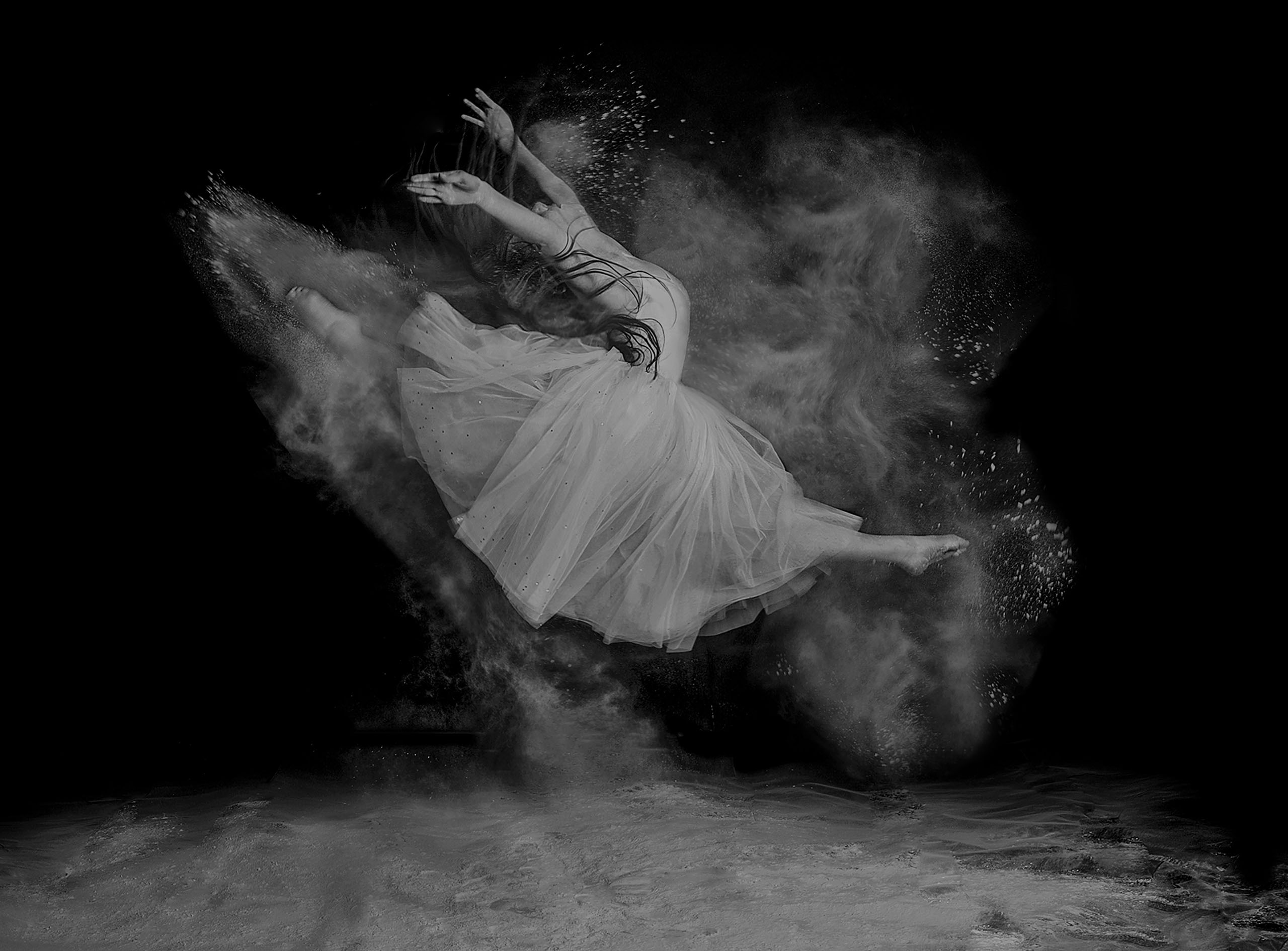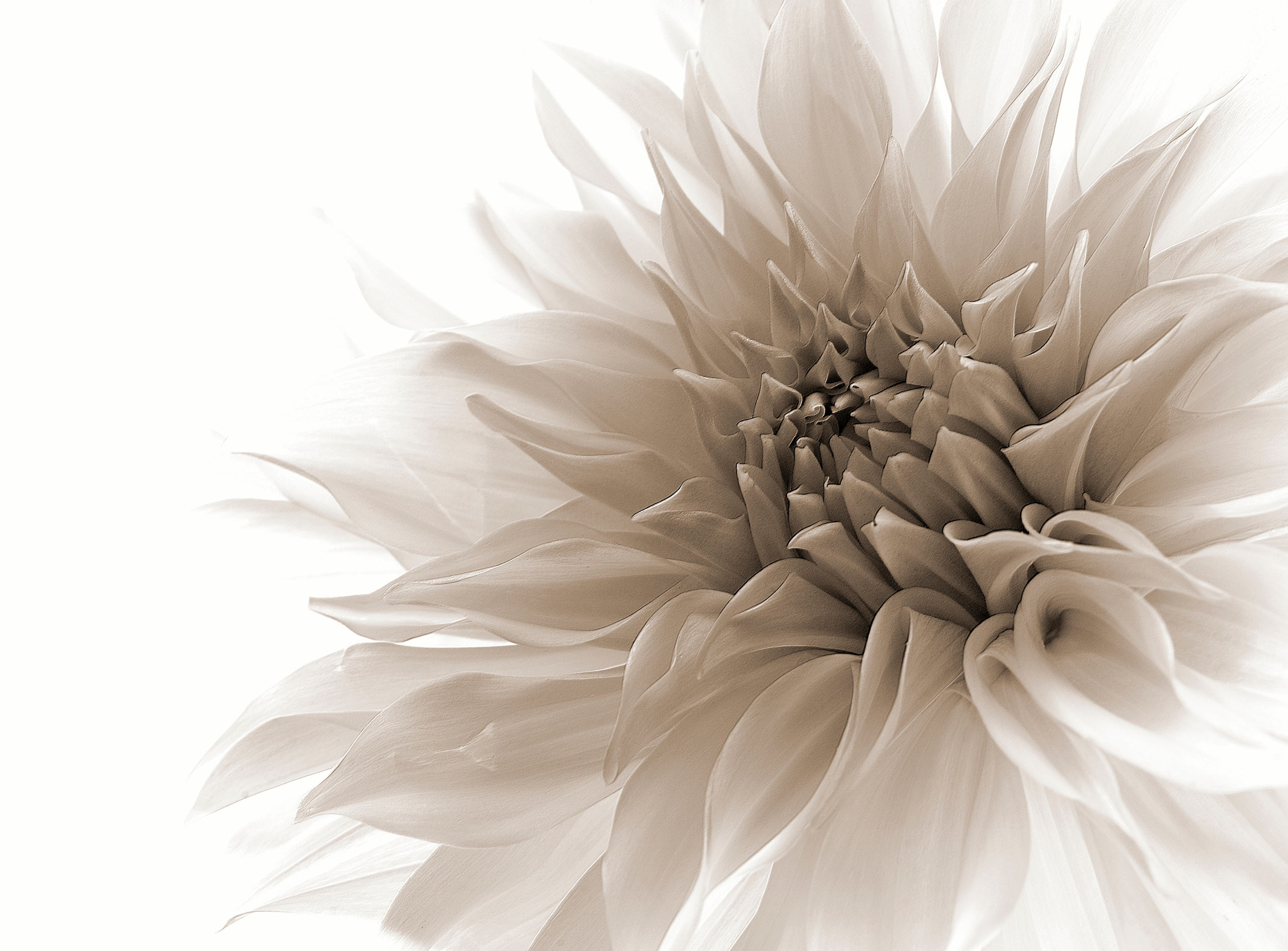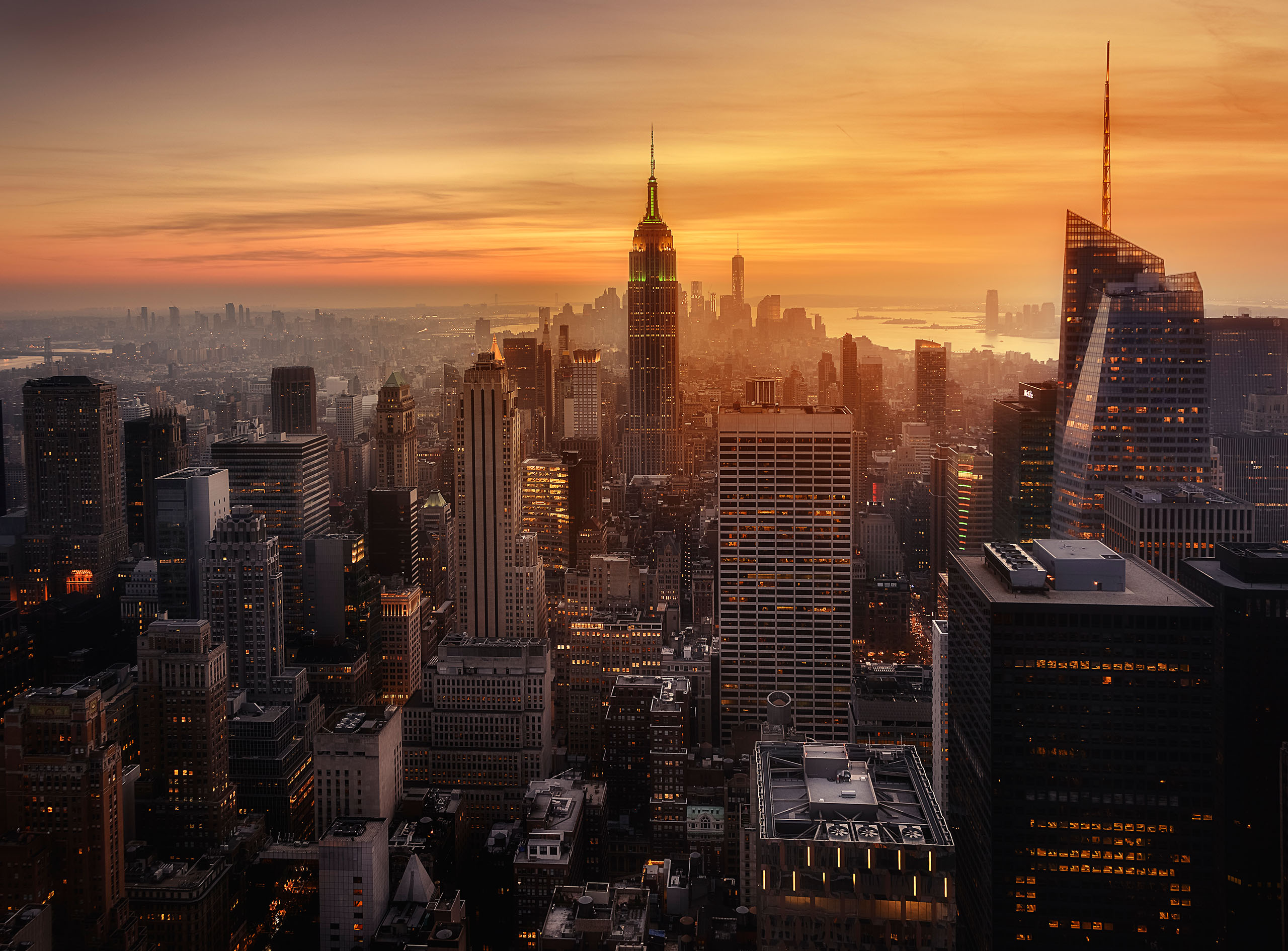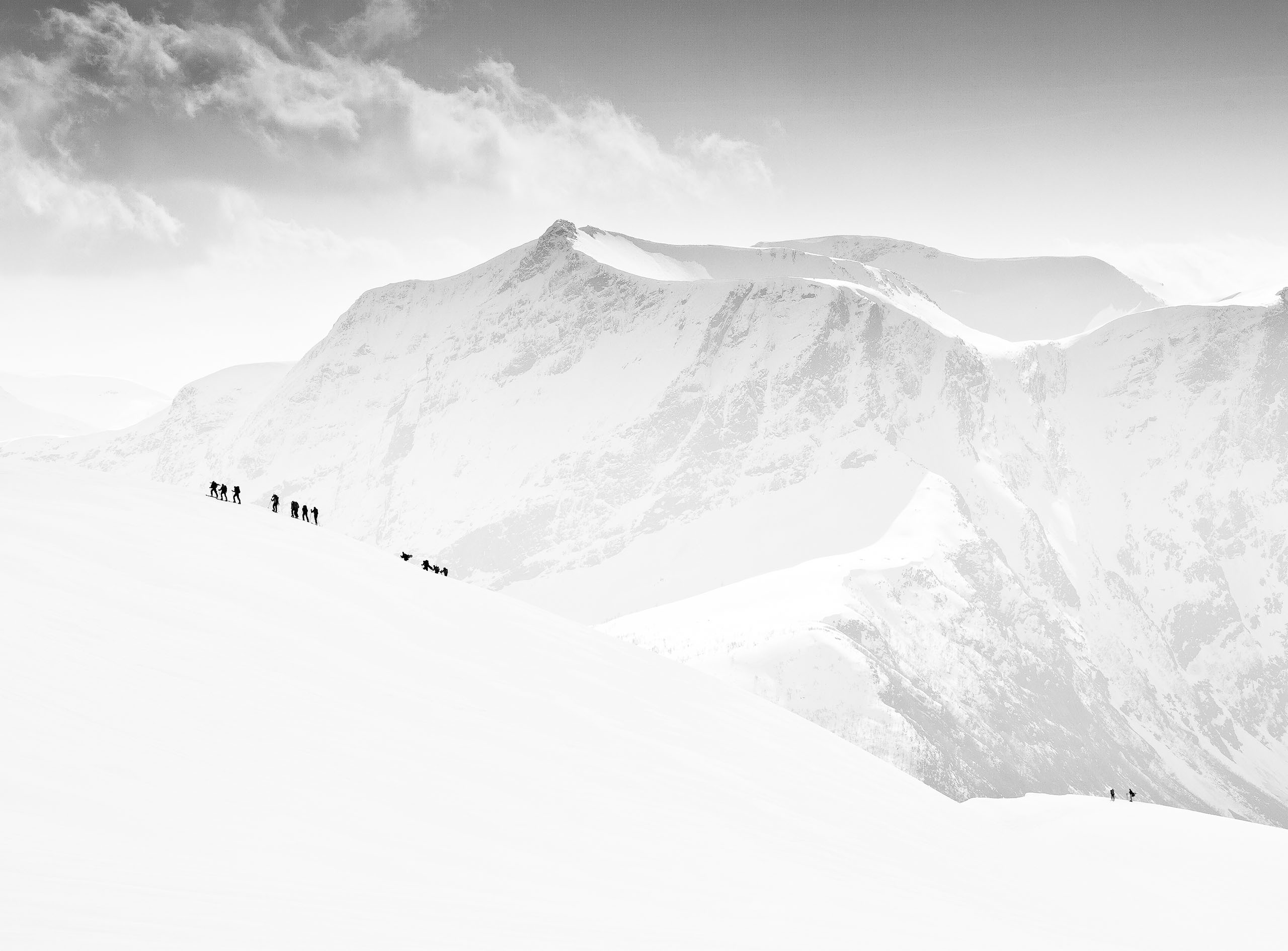SEARCH






|
|
|
|


If I'm a beginner and want to buy soft box or deep unbrella to start practicing food , product or still life photography, what is your advice?
The question is whether you want to buy something you will be using forever (ProPhoto or Westcott) or something cheaper that might not last forever (my preferred, because I mess things), which would be Godox or Jinbei. Good enough for a start and built well enough to use it for a while.
Asmaa,
I'm not a lighting expert, so take this for what it's worth. I needed to make semi-formal photos of some small dogs, and my choice was softbox. I got inexpensive, square ones that camera flashes could be attached to - as I don't have more powerful studio lights. They work well - at least much better than bouncing a flash off a wall or ceiling.
I'm sure you've researched the different 'quality' of light for various light modifiers - umbrellas, softboxes, beauty dish, etc. You wrote 'food, product or still life'. My guess is that you'd want the more directional light of a softbox to show textures more strongly - but, again, I'm not an expert. I found a link to this Adorama article that comments on umbrellas and softboxes.
https://www.adorama.com/alc/softbox-vs-umbrella-which-one-should-you-use/
. . . . Steven
The question is whether you want to buy something you will be using forever (ProPhoto or Westcott) or something cheaper that might not last forever (my preferred, because I mess things), which would be Godox or Jinbei. Good enough for a start and built well enough to use it for a while.
I'm more into Godox and Jinbei but I wanted advice about which one will produce light more suitable for food/products photography .
Thank you Mike.
Asmaa,
I'm not a lighting expert, so take this for what it's worth. I needed to make semi-formal photos of some small dogs, and my choice was softbox. I got inexpensive, square ones that camera flashes could be attached to - as I don't have more powerful studio lights. They work well - at least much better than bouncing a flash off a wall or ceiling.
I'm sure you've researched the different 'quality' of light for various light modifiers - umbrellas, softboxes, beauty dish, etc. You wrote 'food, product or still life'. My guess is that you'd want the more directional light of a softbox to show textures more strongly - but, again, I'm not an expert. I found a link to this Adorama article that comments on umbrellas and softboxes.
https://www.adorama.com/alc/softbox-vs-umbrella-which-one-should-you-use/
. . . . Steven
Thank you Steven.
Your guess is right , I will go read the link you attached ,I think it will help me alot.
Hi, I am 95% studio photographer and I use the beauty dish for very nice, fine and targeted light, especially for portraits, for the famous Rembrandt light and the softbox when I do a fashion shoot and want to have everything perfectly and perfectly lit. Have fun and creativity in the studio!
Well, there is no general answer to your question, because the genres require a different light.
Still life uses light simulating a windows light, a sofxbox or big beauty dish with grid may be the best choice.
Food photography is similar, but softer. A big softbox will be the best choice. 90cm is the minimum, I'd say.
And product photography is probably the hardest to say, because it strongly depends on what you want to achieve. The most common is even backlight and reflecting it to the front by scrims. The reason is you use ligts for specular highlights and for the ambient you need big light sources, as big as possible, especially when you have reflecting surfaces.
I was a bit dissappointed by this class, but it gives you a good idea what the challenges are:
https://www.creativelive.com/class/product-photography-don-giannatti
Parts of it are available for free: https://www.youtube.com/watch?v=7Hwu6g7L6vE
I'd start with a big softbox if I where you, a rectangular one, as big as you are willing to spend on.
They're never too big, but can be too small. :-)
Mike
Well, there is no general answer to your question, because the genres require a different light.
Still life uses light simulating a windows light, a sofxbox or big beauty dish with grid may be the best choice.
Food photography is similar, but softer. A big softbox will be the best choice. 90cm is the minimum, I'd say.
And product photography is probably the hardest to say, because it strongly depends on what you want to achieve. The most common is even backlight and reflecting it to the front by scrims. The reason is you use ligts for specular highlights and for the ambient you need big light sources, as big as possible, especially when you have reflecting surfaces.
I was a bit dissappointed by this class, but it gives you a good idea what the challenges are:
https://www.creativelive.com/class/product-photography-don-giannatti
Parts of it are available for free: https://www.youtube.com/watch?v=7Hwu6g7L6vE
I'd start with a big softbox if I where you, a rectangular one, as big as you are willing to spend on.
They're never too big, but can be too small. :-)
Mike
Thanks a million for your great help Mike!
I can say that it's more clearer in my head now what to go for.
I will watch the video and will ask if you recommend Carl Taylor online course for lightening or would you recommend a better course if any?
Asmaa - I am very much a photographer that loves working with flash and do a fair bit of still life (including food photography) and portraiture.
The good news is that for a lot of food, product and still life work, the studio can be quite small. In a small space, a softbox tends to be a better tool as an umbrella tends to spill more light. This light spill has the unintended consequence of turning the floor, wall and ceiling into reflectors, which often push light to places that you don't want. Removing that unwanted light can be challenging, so I find it better to use softboxes. I will use an egg-crate grid for some of my work, which controls the light even more.
I generally use studio lights (flash) with my work and find the modeling lights invaluable when setting them up as they give me a good look at what the final lighting setup will give me. I generally do not use speedlights for this type of work
For this genre I generally use smaller softboxes than Mike recommends; I have a 60cm x 90cm and a couple of 20cm x 90 cm lights. I would buy a 60cm x 60cm softbox if I could find one I like; I have borrowed one and found this size perfect for much of the type of work that I do. If you buy a softbox, make sure you also buy the eggcrate grid for the softbux for even better light control.
I tend to crowd my set and place the lights just out of frame. Getting them that close gives me a nice, soft and diffuse light. I will use a 18cm or 20cm silver reflector to give me harder light when I want well defined shadows. I will use a snoot to light small areas.
Just to confuse things, I will also use either a 150 cm or 215 cm umbrella for on-axis lighting to give a very non-directional light look (much like north light or light on a heavily overcast day) in conjunction with other modifiers. I extensively use a white or silver reflector, shine my light through a scrim or translucent acrylic for specific light types. There are many options for interesting lighting...
You're very welcome, Asmaa.
I don't know Karl Taylor, but his courses seem to be quite hands-on. He tends to do the very fancy stuff, while Don Giannatti starts with rather simple setups. The reason I was dissappointed by his class is just simple. He wanted to demonstrate the shots in the studio he recorded the classes in, and quite often failed to get to real good results. Reflections and the ambient light screwed his setups. But he's very good in explaining which simple materials and alternatives to expensive equipment can do the job.
As a product photographer, hardware stores become your friend, as clamps, mounts, pipes, fabric will. It's a lot of tinkering, and as Manfred stated right, you need space or a lot of fantasy to work around the obstacle of not having it.
The best training is the one you enjoy watching. Don IS entertaining, that's for sure. And he talks business, how to build that up. In case that's another aspect you want to learn about.
Best regards,
Mike
I actually smiled when I read what you wrote about friendship with hardware stores, as this is what I am doing now.
Appreciate your help Mike🙏
Asmaa - I am very much a photographer that loves working with flash and do a fair bit of still life (including food photography) and portraiture.
The good news is that for a lot of food, product and still life work, the studio can be quite small. In a small space, a softbox tends to be a better tool as an umbrella tends to spill more light. This light spill has the unintended consequence of turning the floor, wall and ceiling into reflectors, which often push light to places that you don't want. Removing that unwanted light can be challenging, so I find it better to use softboxes. I will use an egg-crate grid for some of my work, which controls the light even more.
I generally use studio lights (flash) with my work and find the modeling lights invaluable when setting them up as they give me a good look at what the final lighting setup will give me. I generally do not use speedlights for this type of work
For this genre I generally use smaller softboxes than Mike recommends; I have a 60cm x 90cm and a couple of 20cm x 90 cm lights. I would buy a 60cm x 60cm softbox if I could find one I like; I have borrowed one and found this size perfect for much of the type of work that I do. If you buy a softbox, make sure you also buy the eggcrate grid for the softbux for even better light control.
I tend to crowd my set and place the lights just out of frame. Getting them that close gives me a nice, soft and diffuse light. I will use a 18cm or 20cm silver reflector to give me harder light when I want well defined shadows. I will use a snoot to light small areas.
Just to confuse things, I will also use either a 150 cm or 215 cm umbrella for on-axis lighting to give a very non-directional light look (much like north light or light on a heavily overcast day) in conjunction with other modifiers. I extensively use a white or silver reflector, shine my light through a scrim or translucent acrylic for specific light types. There are many options for interesting lighting...
Thank you Manfred for your detailed explanation, it was really helpful for me and always my pleasure to have such useful discussions with photographers who are more experienced than me, I will start preparing small setup in the light of what I learnt and hopefully you will see good results on my profile in the near future.